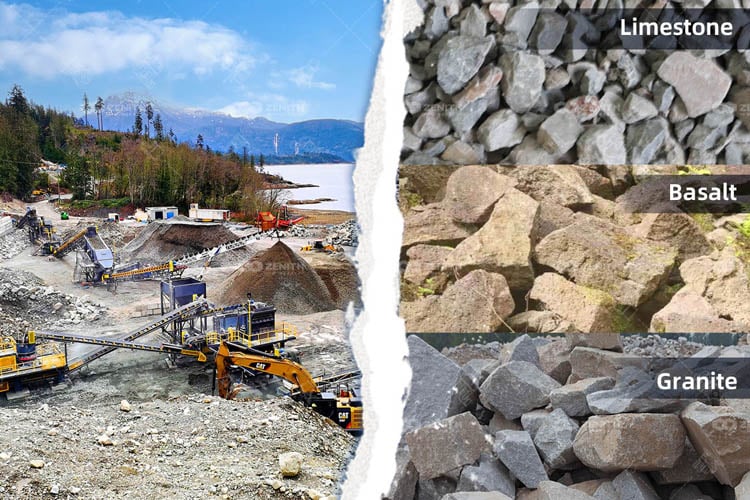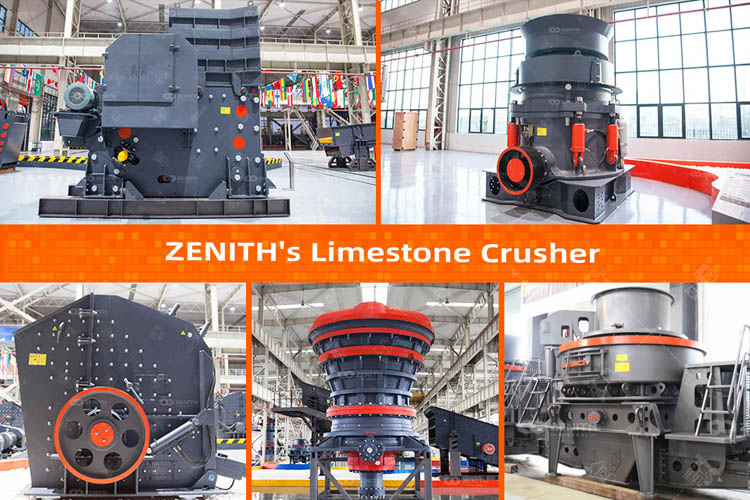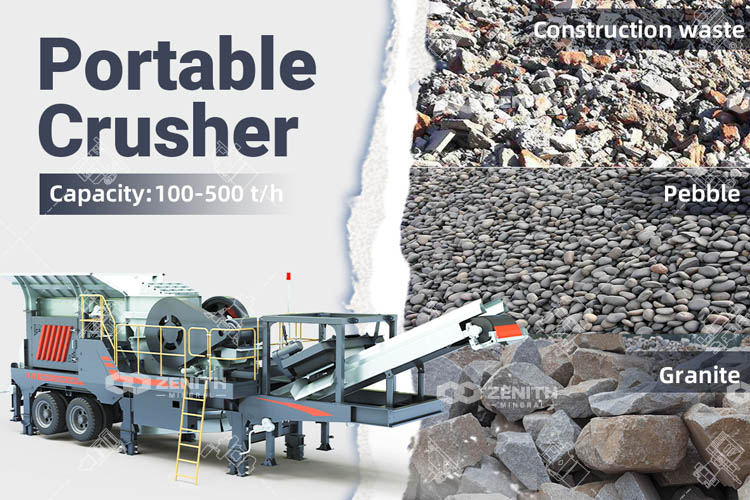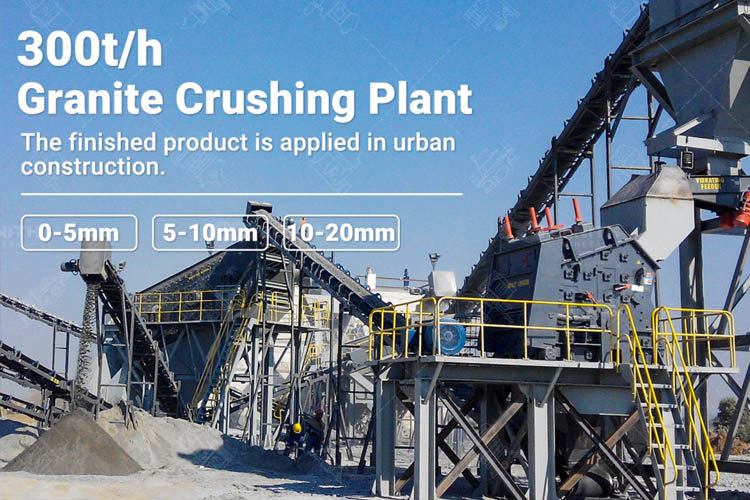Crushing is a fundamental process in mining, construction, and aggregate production. Different materials require specialized crushing techniques to achieve optimal particle size, shape, and efficiency. This article explores the best practices for crushing limestone, granite, and basalt, including equipment selection, process optimization, and industry applications.

Characteristics:
Recommended Crushing Process
1. Primary Crushing:
2. Secondary Crushing:
3. Tertiary Crushing (Fine Grinding):
Key Consideration:
Limestone tends to generate dust, so wet crushing or dust suppression systems are recommended.
Characteristics:
Recommended Crushing Process
1. Primary Crushing:
2. Secondary Crushing:
3. Tertiary Crushing (Sand Making):
Key Consideration:
Granite is highly abrasive, so high-manganese steel wear parts are essential for crushers.
Characteristics:
Recommended Crushing Process
1. Primary Crushing:
2. Secondary Crushing:
3. Tertiary Crushing (Fine Aggregates):
Key Consideration:
Basalt produces sharp-edged particles, so impact crushers are preferred for better shape control.
Efficient crushing of limestone, granite, and basalt requires tailored approaches based on material hardness, abrasiveness, and end-use requirements. By selecting the right jaw, cone, impact, or VSI crushers, operators can maximize productivity while minimizing wear and energy costs.

This article delves into the intricacies of limestone crushers and the limestone crushing plant, highlighting the importance of this phase in limestone processing.

Portable crusher plant has revolutionized the quarrying and mining industries by offering unparalleled versatility in processing various raw materials, accommodating different particle sizes, and handling materials of varying hardness.

Due to the high quality of granite, the machine-made sand made from granite is very popular in the field of sand and gravel. And due to its high hardness, the choice of granite stone crushing machine should be careful.
Fill your requirements here, and we'll send the custmized solution and quotation to you by the reserved contact information.